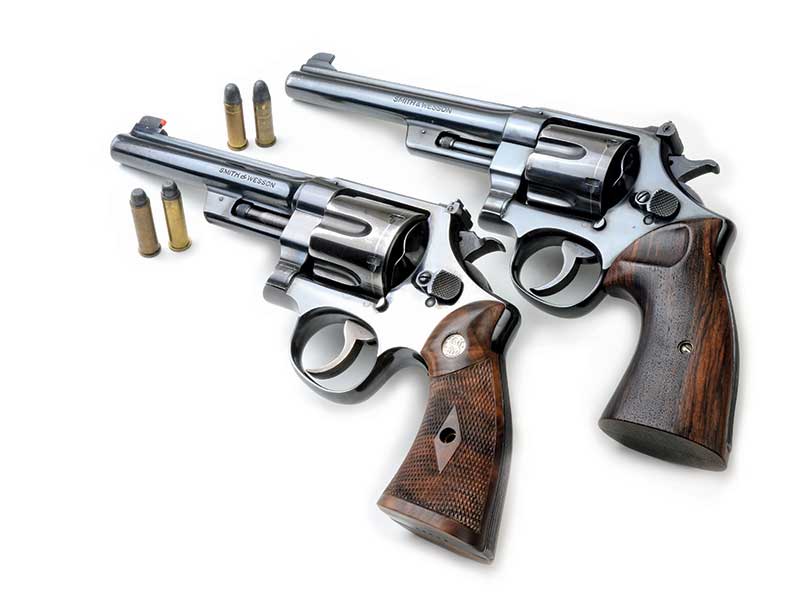Views: 0 Author: Site Editor Publish Time: 2025-02-14 Origin: Site








Understanding the specific ammunition used in National Institute of Justice (NIJ) ballistic testing is crucial for selecting appropriate body armor. The NIJ classifies body armor into various protection levels, each designed to withstand specific types of ammunition. This article delves into the history of five common bullet types used in NIJ testing and their corresponding protection levels.

The bullets mentioned in this article are all tested according to NIJ Standard-0101.06.
1. 9×19mm Parabellum
Origin: Developed by German gun designer Georg Luger in 1901, the 9×19mm Parabellum, also known as the 9mm Luger, was designed for the German military.

Development: The 9×19mm Parabellum has become one of the most widely used handgun cartridges globally, adopted by numerous military and law enforcement agencies.
NIJ Protection Level: Armor rated at Level IIA is designed to protect against this bullet type.
2. .357 Magnum
Origin: Introduced in 1935 by Smith & Wesson, the .357 Magnum was developed by lengthening the .38 Special cartridge to achieve higher velocities and greater stopping power.

Development: The .357 Magnum quickly gained popularity among law enforcement and civilian shooters for its powerful performance and versatility.
NIJ Protection Level: Armor rated at Level II is designed to protect against this bullet type.
3. .44 Magnum
Origin: Developed in 1955 by Smith & Wesson and Remington, the .44 Magnum was created by lengthening the .44 Special cartridge to accommodate more powder, resulting in higher velocity and energy.

Development: The .44 Magnum became famous for its use in the "Dirty Harry" film series, solidifying its status as a powerful handgun cartridge.
NIJ Protection Level: Armor rated at Level IIIA is designed to protect against this bullet type.
4. 7.62×51mm NATO
Origin: Developed in the 1950s, the 7.62×51mm NATO was introduced into U.S. service for the M14 rifle and M60 machine gun.
Development: The 7.62×51mm NATO has been widely used in military applications and remains in service today, especially in designated marksman rifles and medium machine guns.

NIJ Protection Level: Armor rated at Level III is designed to protect against this bullet type.
5. .30-06 Springfield
Origin: Adopted by the U.S. Army in 1906, the .30-06 Springfield was developed to replace the .30-03 Springfield cartridge, featuring a spitzer bullet for improved aerodynamics.
Development: The .30-06 Springfield served as the standard U.S. military rifle cartridge through both World Wars and remained in service until the 1950s.
NIJ Protection Level: Armor rated at Level IV is designed to protect against this bullet type.
Conclusion
Selecting the appropriate body armor requires understanding the specific threats it is designed to mitigate. The NIJ's classification system provides a standardized approach to assessing armor protection levels against various ammunition types. By familiarizing yourself with these common bullet types and their corresponding protection levels, you can make informed decisions to ensure optimal safety.
For more detailed information on NIJ standards and testing procedures, refer to the official NIJ guidelines.






